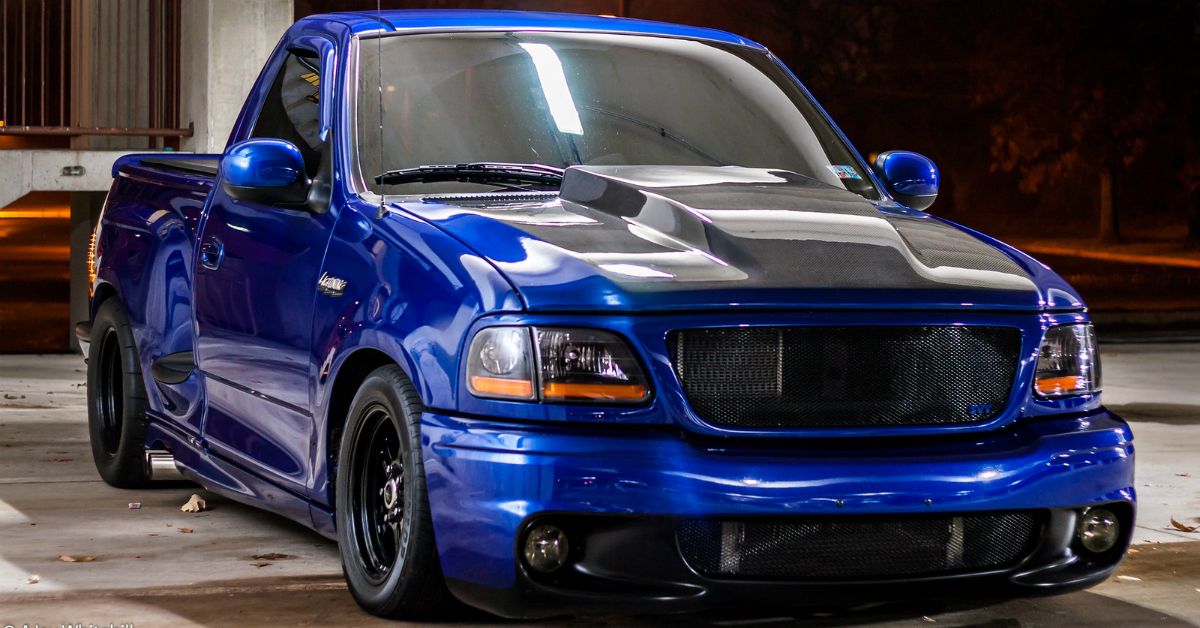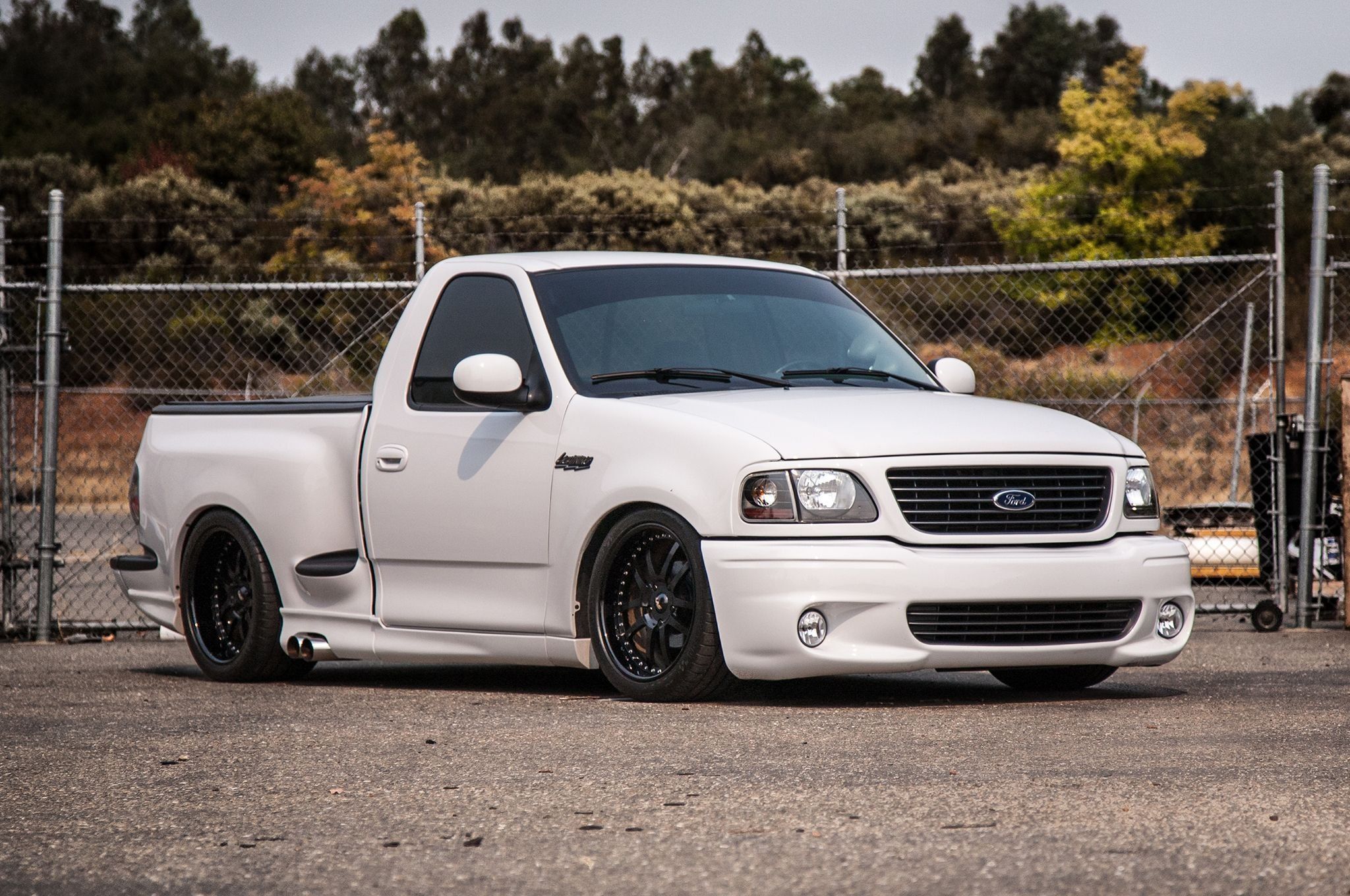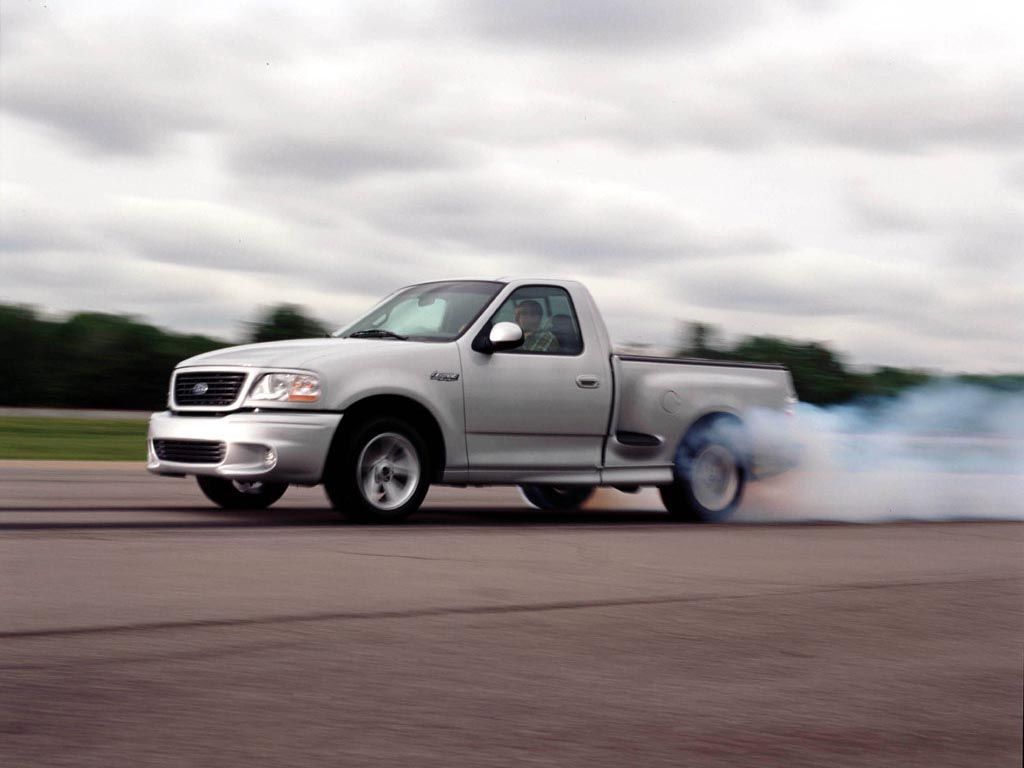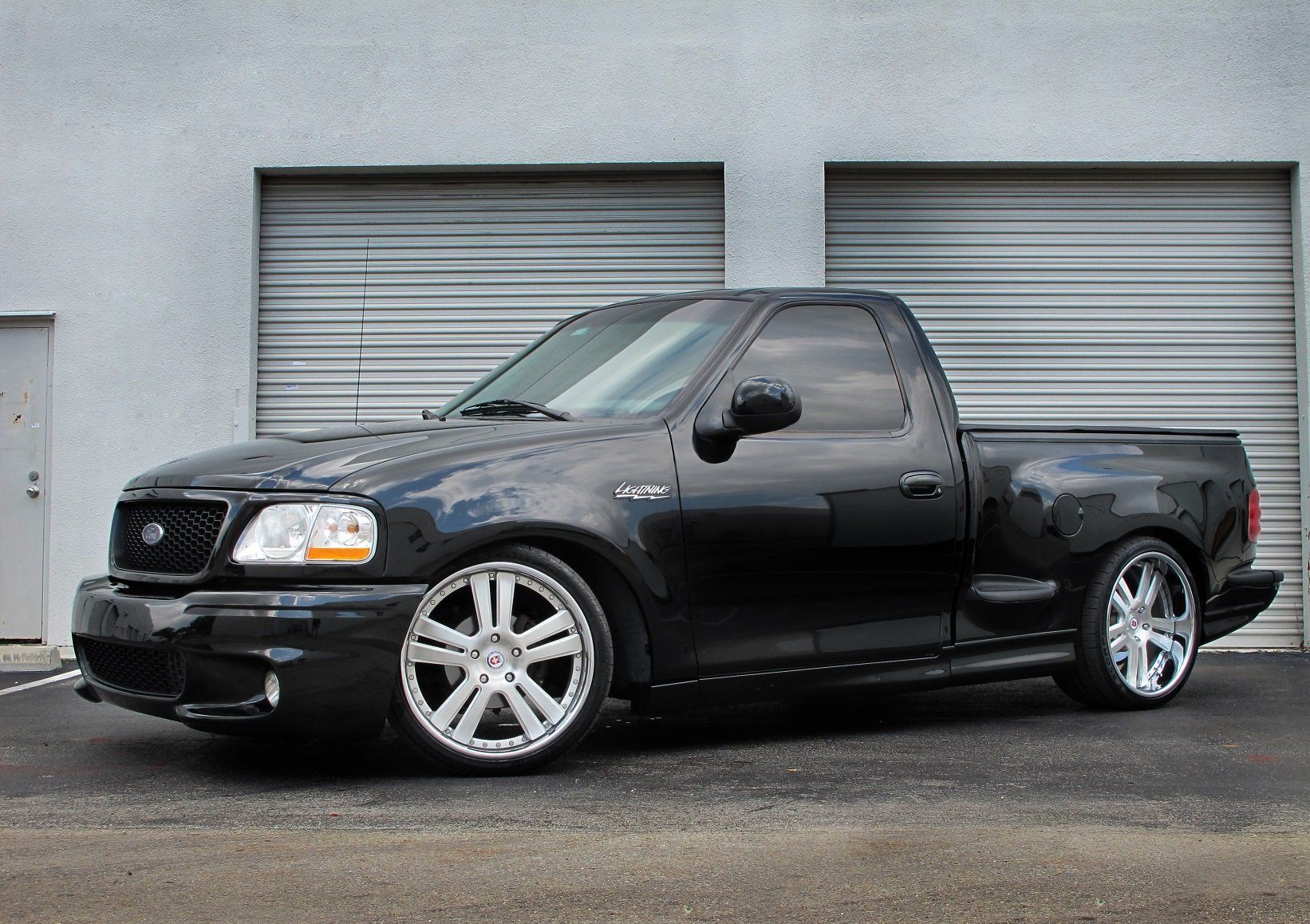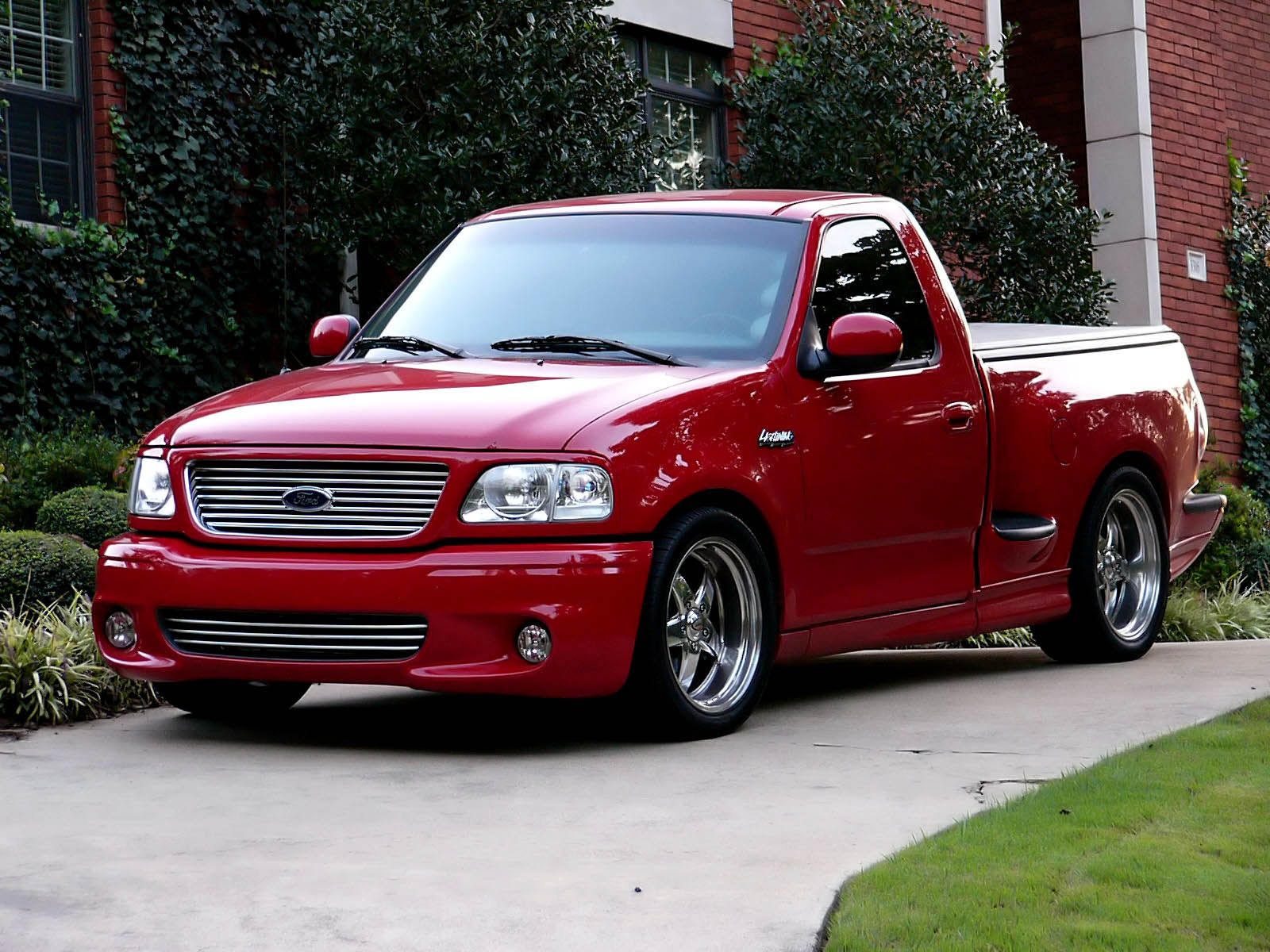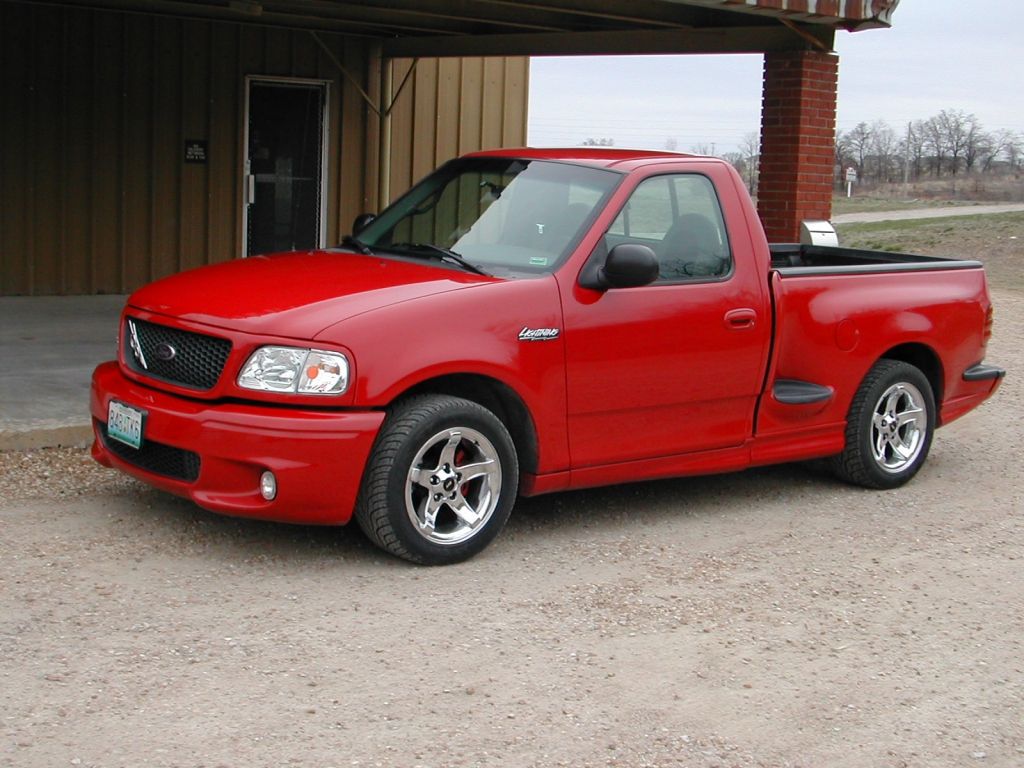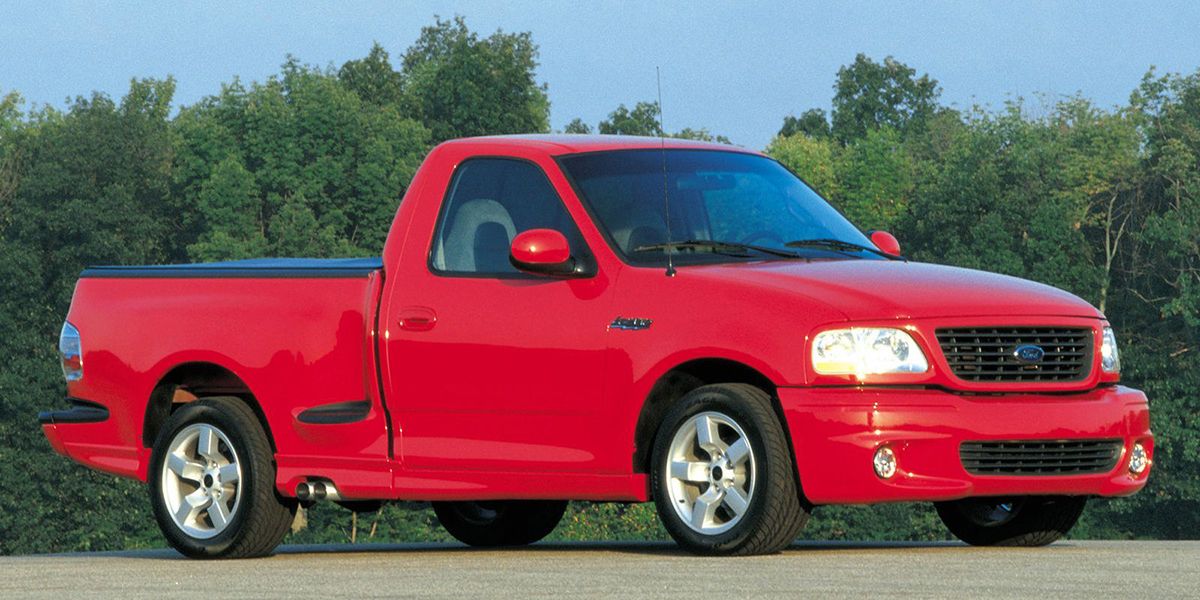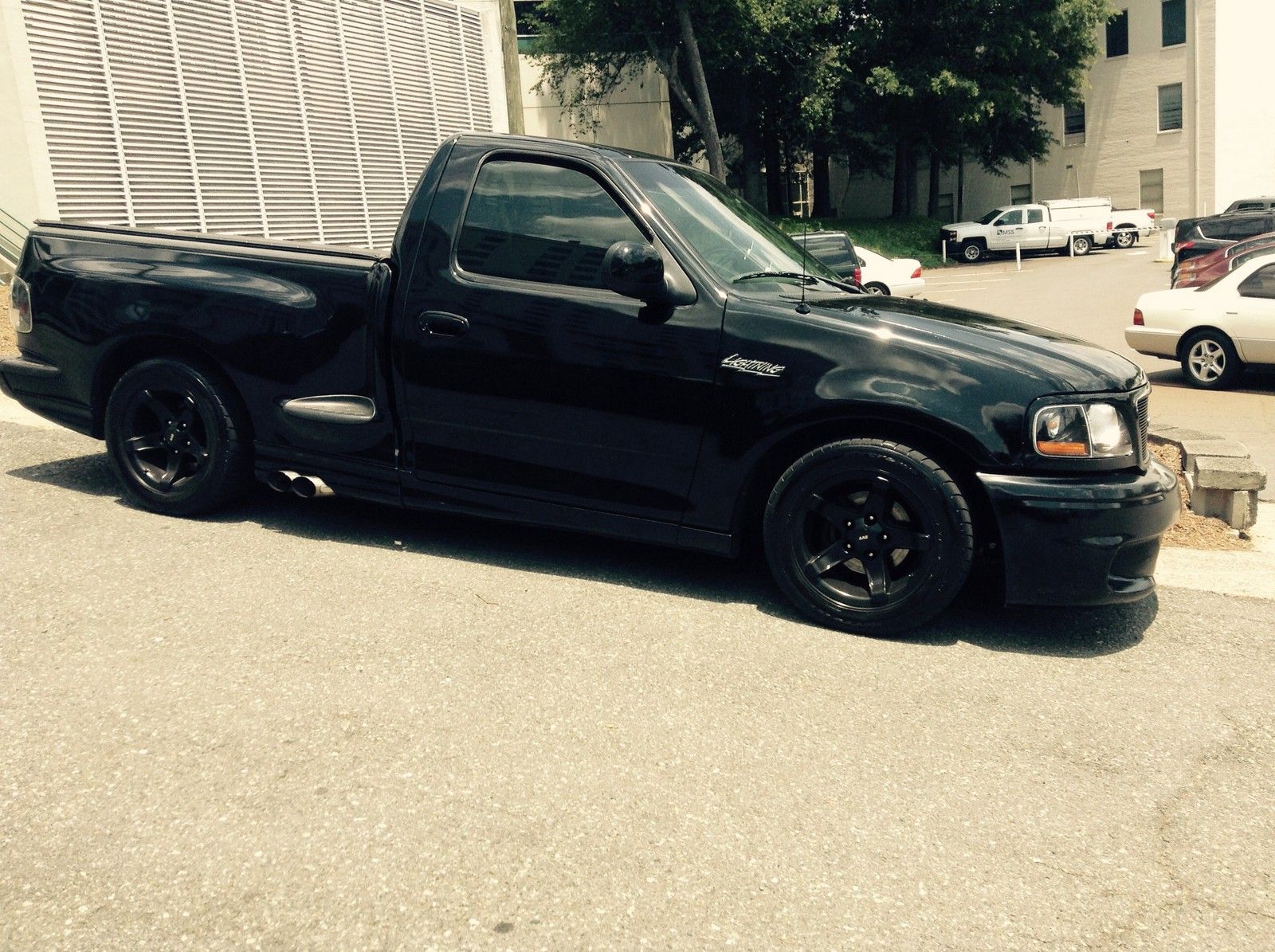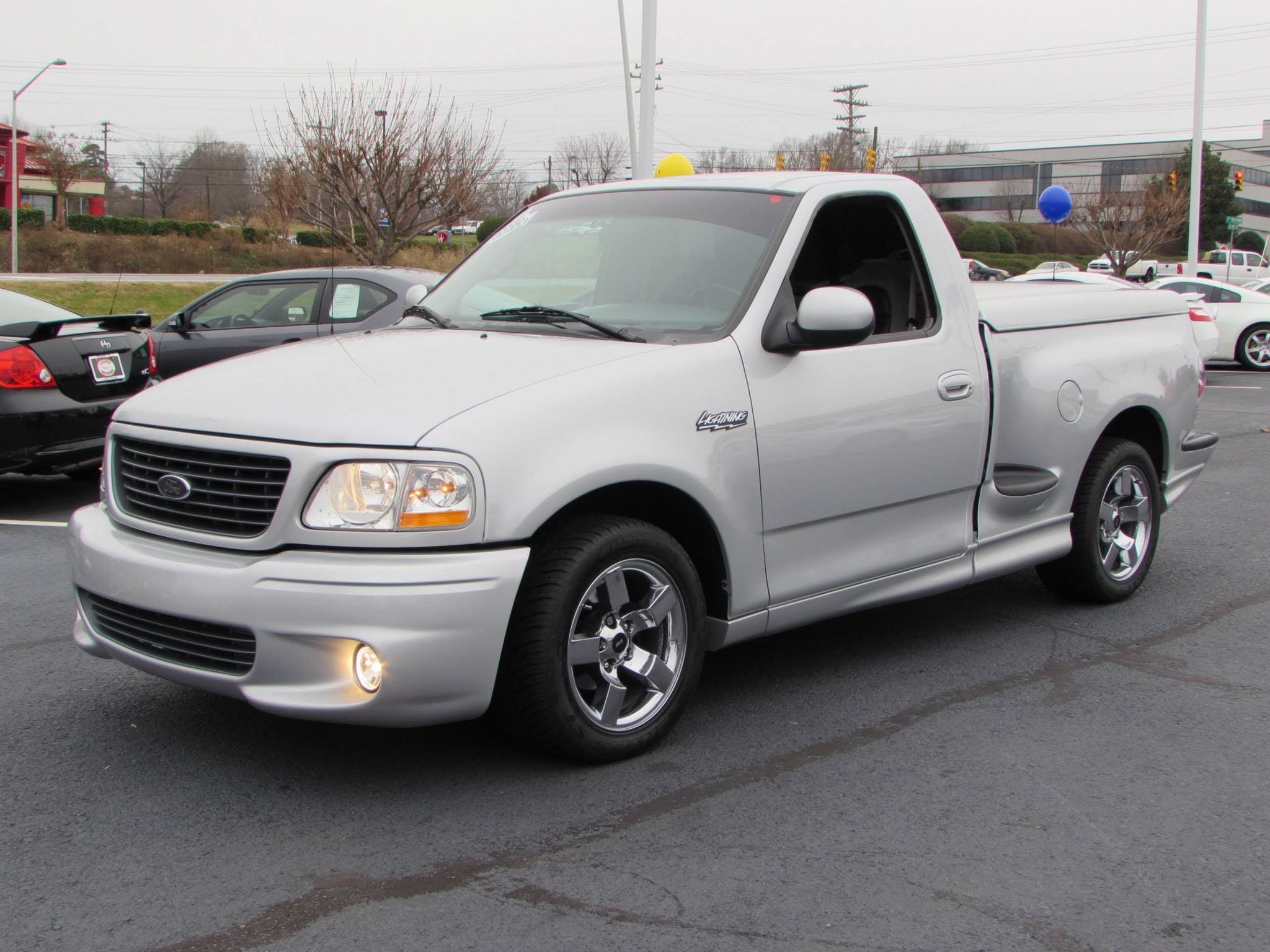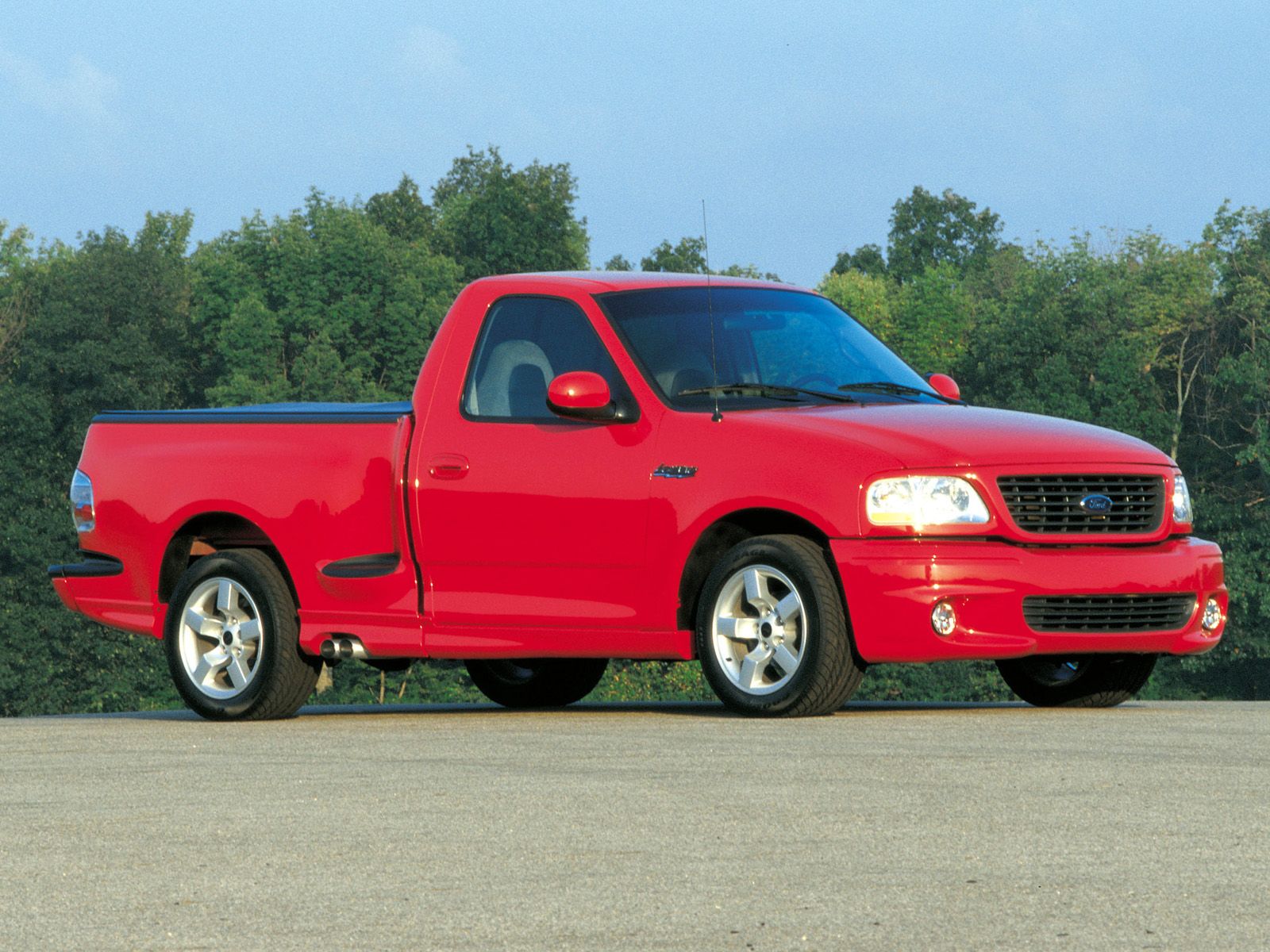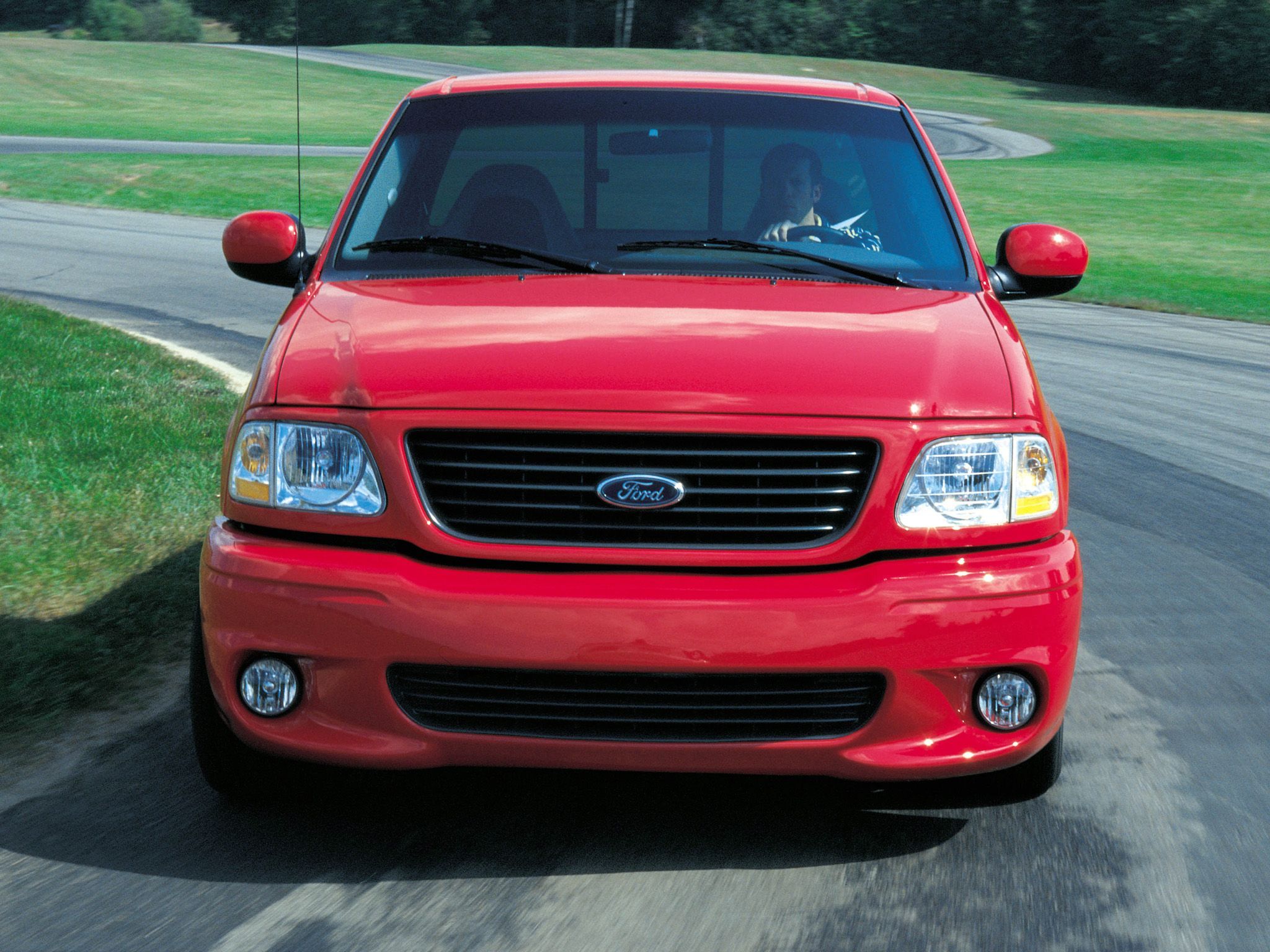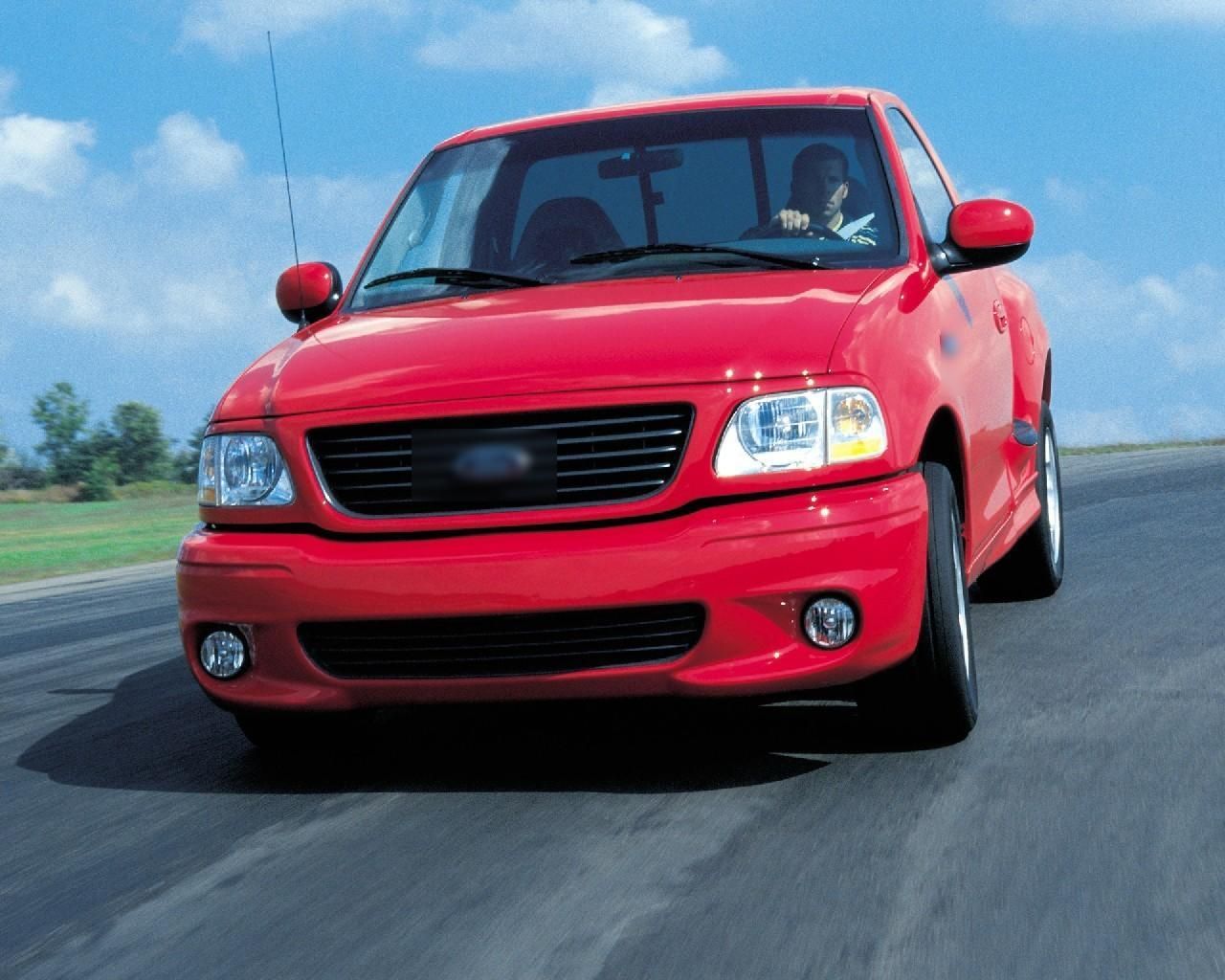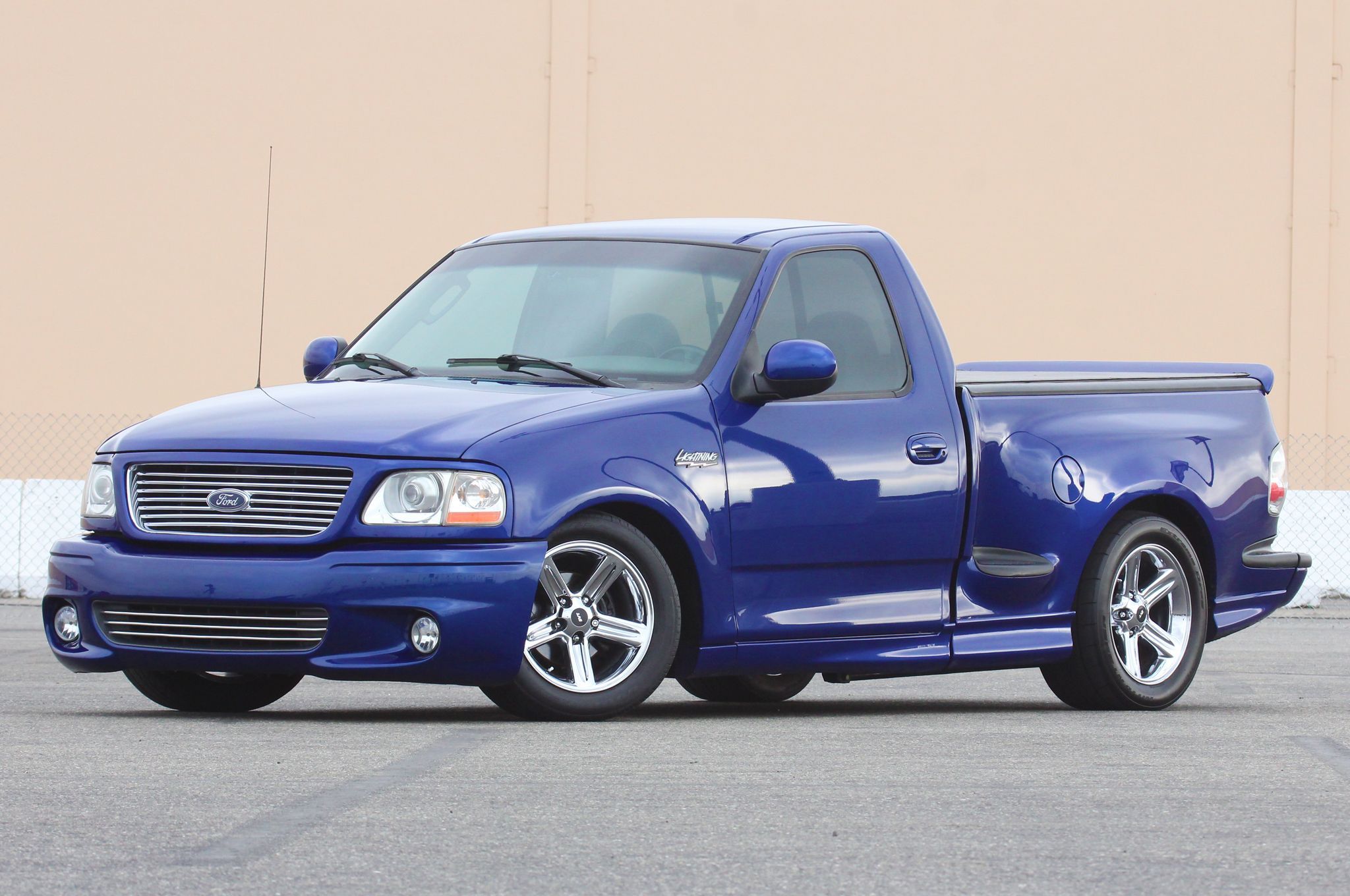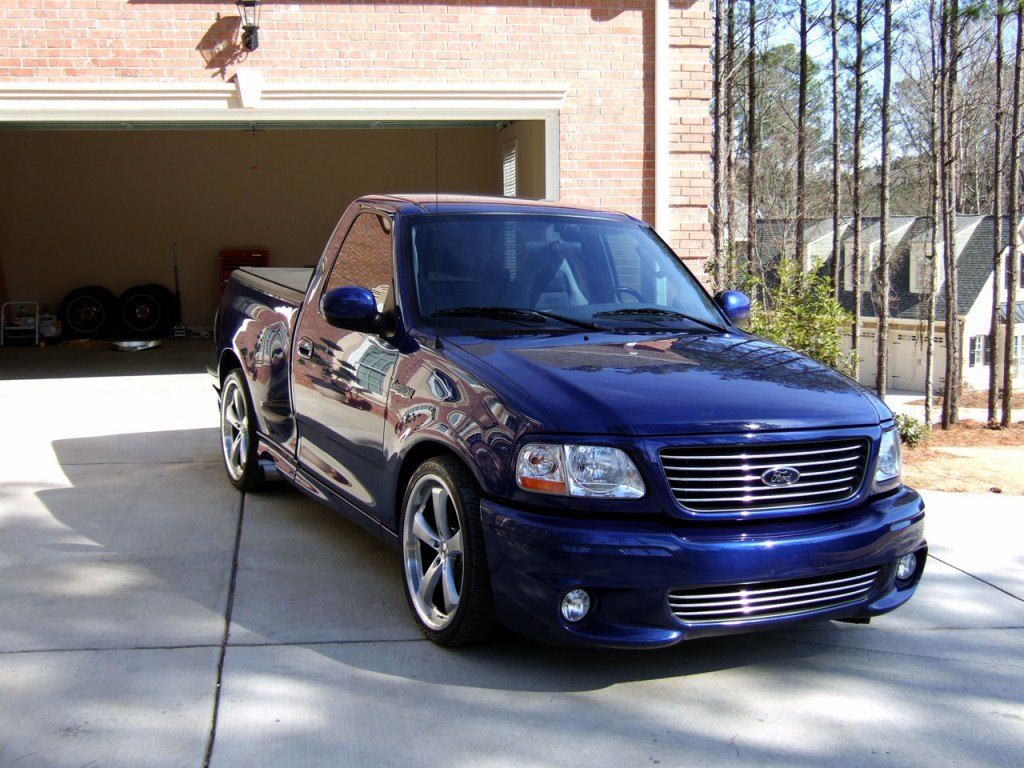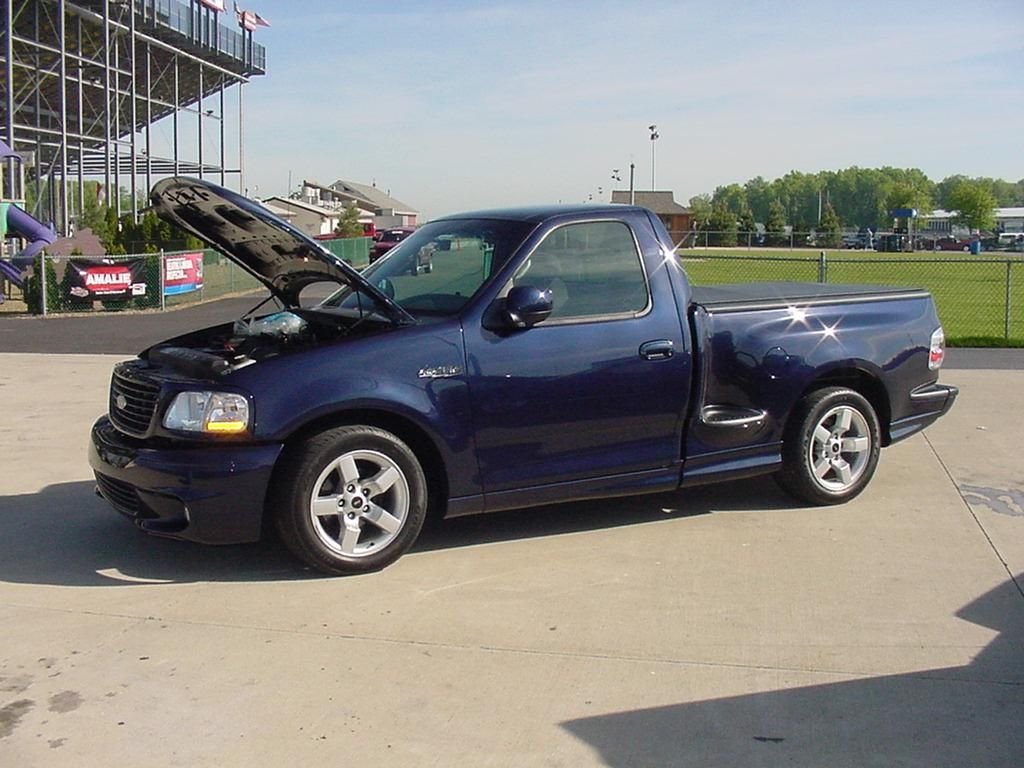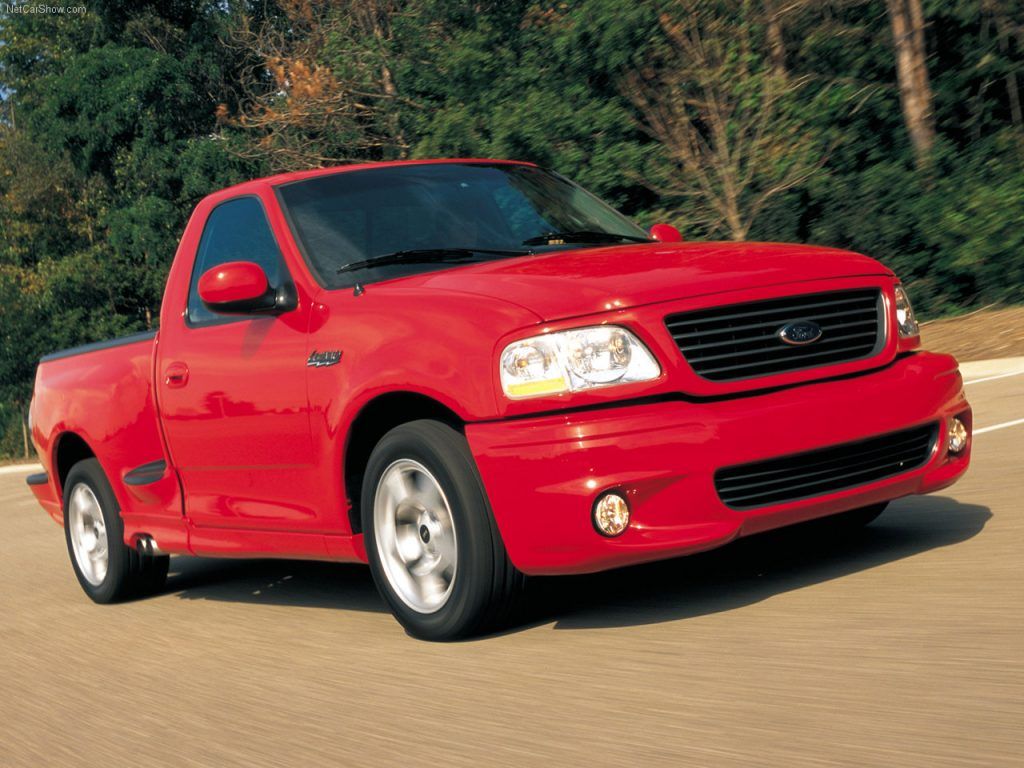Henry Ford created his first car concept in a workshop behind his house in 1896. In 1914, his company produced over 500,000 Model Ts and sold them all over the world. By 1923 Ford was building over 50% of all America's cars. It had become the world's most famous car maker.
From producing public vehicles to helping with military equipment, the company has done it all. While it has seen some tough times in the past, it is still known as a brand that takes the leading position in the industry.
The Ford F-150 SVT Lightning is a high-performance version of the F-150, released by the Special Vehicle Team division. The company introduced the new car in 1993 to compete with the Chevrolet 454SS. The car got the payload capacity and towing of the original F-150. Here are 15 reasons they should bring back Ford F-150 SVT Lightning.
15 5.8L Triton V8 Engine
The F-150 SVT Lightning was powered by a special 240 hp version of the 5.8l V8 engine. The motor was based on the existing unit but Ford made a couple of important upgrades. For example, engineers fitted it with high flow rate heads and used hypereutectic pistons. The engine also got new headers.
14 The 2nd Generation Lightning
The production of the 1st generation Lightning ended in 1997 and then the Lightning was launched again in 1999. The new model got a 5.4l V8 that could deliver 360 hp and was later upgraded to produce 380 hp. The engine was paired with a heavy-duty transmission that was used in the F-350 pickup.
13 Modular Single Overhead Cam
The Ford F-150 SVT Lightning was the first car in the F-series pickups that got the modular single overhead cam. The camshaft was located in the cylinder head. It gave the company the ability to optimize the size of exhaust ports. This improved gas flow through the engine and increased fuel efficiency.
12 Optional Sterling 10.25 Axle
The Ford Sterling 9.75 axle was available for the 1st generation Lightning. In 1999, the new Sterling 10.25 was introduced for the 2nd gen Lightning. The first one was made from 1993 to 1997. The second one, known as the "long pinion-yoke", was produced from 1997 to 2004 and had a stronger pinion/yoke.
11 The FlareSide Bed
One of the major upgrades that the 2nd gen Lightning got was the FlareSide bed. The name "FlareSide" refers to skinny beds with outward bulges around the rear wheels. It features extended wheel flares and steps situated on the side of the bed. The extended flare made room for the steps.
10 5-Star Safety Rating
The Ford F-150 SVT Lightning got two 5 star ratings: from the insurance Institute for Highway Safety and the National Highway Traffic Safety Administration. Surprisingly though, Ford also found that their cruise control system could catch fire due to metal corrosion. It had to recall thousands of cars.
9 4-Wheel ABS
4-wheel ABS is an effective braking system that offers an important safety advantage. It prevents the wheels from locking during emergency braking situations. It allows you to stay in control over steering and operate the car more effectively. During ABS operation, you can feel a pulsation in the brake pedal, accompanied by a clicking sound.
8 Heavy-Duty Rear Axle
Ford Special Vehicles Team upgraded the Lightning from the regular F-series with heavy-duty rear axle and brakes. Powertrain upgrades also came from heavy-duty vehicles. Drivers could choose between the Sterling 9.75 axle and the Sterling 10.25 axle. The car also had heavy-duty shock absorbers and a special battery.
7 Short/Long Arm Front Suspension Configuration
The 1st generation chassis was a mix of the F-250 and F-150. However, the company wanted to save weight and gave the 2nd generation the stock F-150 frame. Short/long arm front suspension configuration was used to improve handling. The vehicle also got Monroe shocks. This brand still produces parts for Ford.
6 Engine Super Cooling System
The engine super cooling system was a part of the package that included a larger tranny cooler, bigger radiator, and a power steering cooler. The system kept the engine from overheating by transferring heat to the air. It also helped the engine to heat up quickly and then keep it at a constant temperature.
5 Limited-Slip Differential
The biggest advantage of the limited-slip differential can be seen during off-roading or snowy conditions when one wheel starts to slip. It prevents excessive power from being allocated to that wheel, so all wheels can rotate in the same way. It doesn't let the tire on a slippery surface to simply spin.
4 Auxiliary Transmission Fluid Cooler
Auxiliary transmission fluid cooler stays cool when it works harder than normal, which lets you get the best performance from your car. Fluid heated by car details flows to the cooler, and then it's routed back to those details. Through this process, cooling beyond a standard system of the radiator is possible.
3 Unique Exterior Upgrades
Major changes happened to the 2nd gen. Lightning. It got the unique front fascia with round fog lamps, redesigned upper and lower grilles, updated front lower air deflectors and lower box moldings. Unlike the 1st gen. Lightning that had 17-inch wheels, the new Lightning featured 18-inch wheels with Goodyear Eagle F1 directional tires.
2 Heavy Duty Shock Absorbers
Heavy-duty shock absorbers ensured that the car movements in relation to road conditions were absorbed faster and more effectively. The body could return to its ride height faster after every movement. By fitting heavy-duty shock absorbers Ford improved stability and safety of their Lightning without compromising the comfort.
1 Aero Design Philosophy
During the early stages of the Lightning development, Ford commenced the PN-96 on a new truck platform. By 1991, designers had offered a car style based on the aero theme. Despite the disapproval from some focus groups, Ford management agreed on this philosophy. The end result was a rounded nose on the new series.

